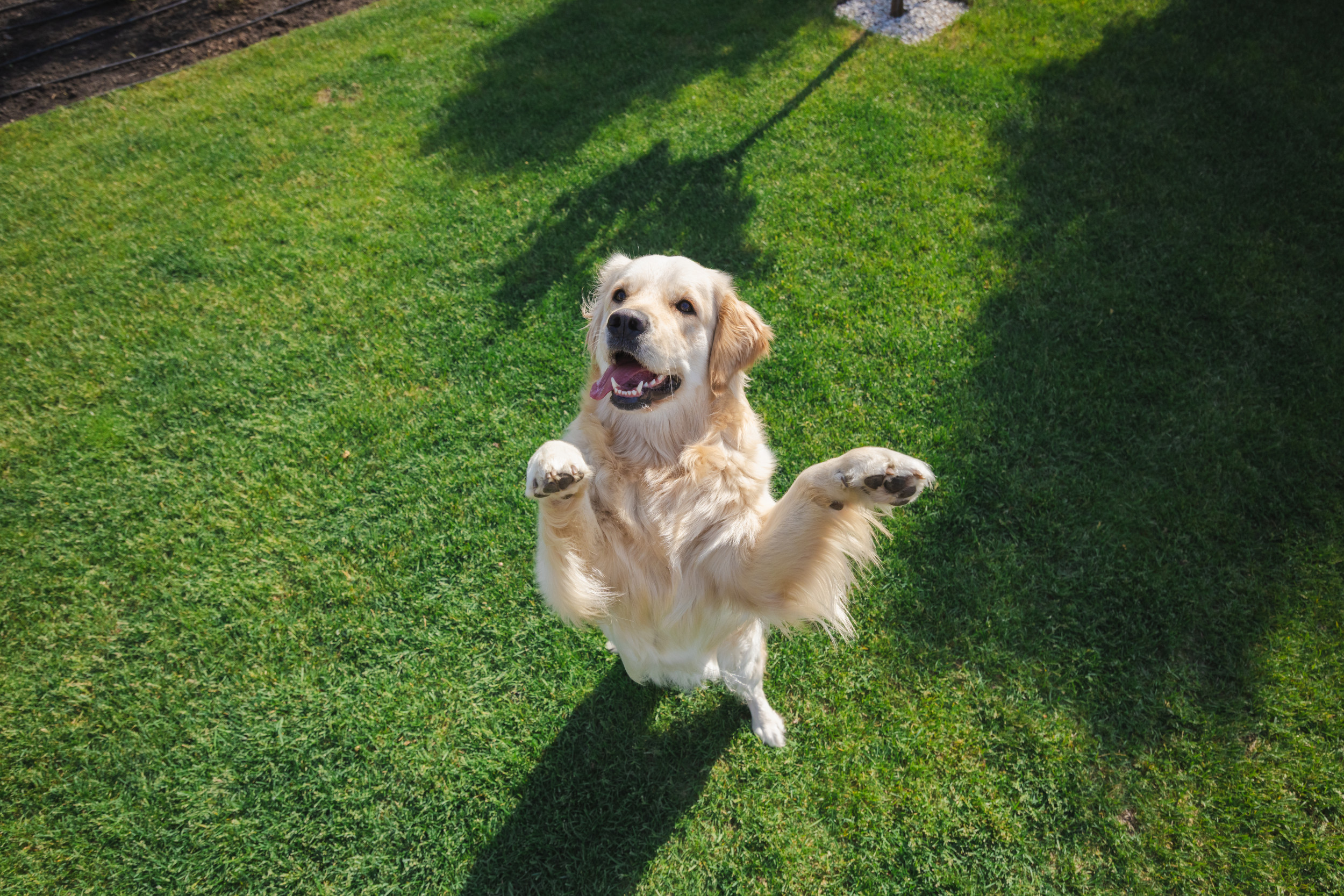
🎙️ Voice is AI-generated. Inconsistencies may occur.
It’s a good job you only need one arm available to play fetch, as this woman would have no chance. While entertaining one of her dogs, the other simply wants to sit nearby with a paw in her owner’s hand.
The heartwarming scene shared to @thecornishdingles quickly went viral, amassing over 176,000 views in just 24 hours (June 23). It shows a black and white cocker spaniel enjoying a game of fetch while the other canine is happy to just hold hands.
Newsweek discussed the TikTok clip, captioned: “Tell me your golden is needy without telling me she’s needy,” with accredited clinical animal behaviorist Rachel Rodgers.
She said: “At first glance, the dog in the video may come across as ‘needy’. However, that dog may not be ‘needy’. If you look at the ear position and the squinted, nearly closed eyes, you’ll see the dog is displaying appeasement-based behaviors.
“My gut feeling is that the dog isn’t comfortable with the constant ball chasing and rapid movement of the other dog, and is seeking support in response to that, rather than showing genuinely needy behavior. That said, here are some tips on preventing a dog from becoming needy, should they be exhibiting such behavior.”
5 Tips on Preventing a Dog From Becoming Needy
We all enjoy those affectionate moments when our pets shower us with love, but it can become a problem when their clinginess crosses the line—especially when they won’t back off, no matter how often you try to set boundaries.
Rodgers, the head of training and behaviour at Napo Pet Insurance, based in the United Kingdom, has shared five preventative tips on how to stop a dog being ‘needy’:
- Teach a settle. This is the first step in teaching a dog to be independent. Offer them a food reward and ensure good things happen when they do not get attention from a human.
- Practice flitting. Disappear and return within a matter of seconds—e.g., popping out to the bin. It’s worth having a camera on to view your dog live. If they are distressed even by such a short period of time, then you need to seek support from an ABTC-registered clinical animal behaviourist.
- Ensure their needs are met. Often, what looks like needy or attention-seeking behavior stems from a dog’s needs not being met. Are they getting the right food, exercise, and mental stimulation?
- Be careful what you reward. Are you inadvertently reinforcing attention-seeking behavior by speaking to them, touching them, and generally interacting with them when they are jumping up—or, in this case, “pawing” you?
- Make sure you do not reinforce following you. If we talk to the dog while they follow us around the house, we are reinforcing this, even without a food reward. This should be avoided. Instead, ignore them if they follow you, and if they then, after a day or two, choose to stay on the sofa rather than follow you—then you can reinforce that!
TikTok Reacts
StockSeller_ukr/iStock / Getty Images Plus
“What happens if you try to let it go[?]” asked one user, and the owner responded: “She would almost certainly incessantly keep pawing my leg.”
Another user could relate: “I think my dog thinks I birthed him and he’s still attached to me.”
Newsweek reached out to @thecornishdingles for comment. We could not verify the details of the case.
